Page Not Found
Page not found. Your pixels are in another canvas.
A list of all the posts and pages found on the site. For you robots out there is an XML version available for digesting as well.
Page not found. Your pixels are in another canvas.
This is a page not in th emain menu
Published:
The prowess of GPT-3.5 Turbo is well-known in the AI community. The capabilities it brings to the table are enhanced further with its fine-tuning features and the latest API updates. Staying updated with these advancements ensures that developers can harness the full potential of this model, catering to more specific tasks and requirements.
Published:
Published:
In this tutorial, we will walk you through the process of building a Medical Assistant Chatbot utilizing ChatGPT and Python. To enhance the interaction experience, we will employ Gradio for creating an intuitive user interface.
Published:
Machine Learning (ML) models have been the backbone of recent advancements in AI. However, as these models continue to grow in size and complexity, so does the demand for computational power and efficiency. This is where parallel computing comes in.
Published:
The rise of ChatGPT AI models by OpenAI heralds a new era in artificial intelligence and natural language processing. These models, like the recently introduced GPT-4, provide unprecedented capabilities in generating human-like text, making them valuable tools for numerous applications, from drafting emails to writing code or even generating creative content.
Published:
As autonomous vehicles continue to revolutionize the transportation industry, their reliance on cutting-edge software to operate safely and efficiently is undeniable. One essential feature of this intricate software ecosystem is Over-the-Air (OTA) updates.
The Aircraft Landing Behaviour Detection Application stands as a pivotal innovation in air traffic control technology, setting new standards for safety, efficiency, and data-driven decision-making in airport operations. This project brings forth a paradigm shift in managing aircraft landings and runway statuses by providing real-time, actionable insights. Leveraging advanced algorithms and state-of-the-art sensor technology, the application ensures a seamless interface for air traffic controllers, enhancing their ability to monitor, predict, and act upon dynamic flight patterns and runway conditions.
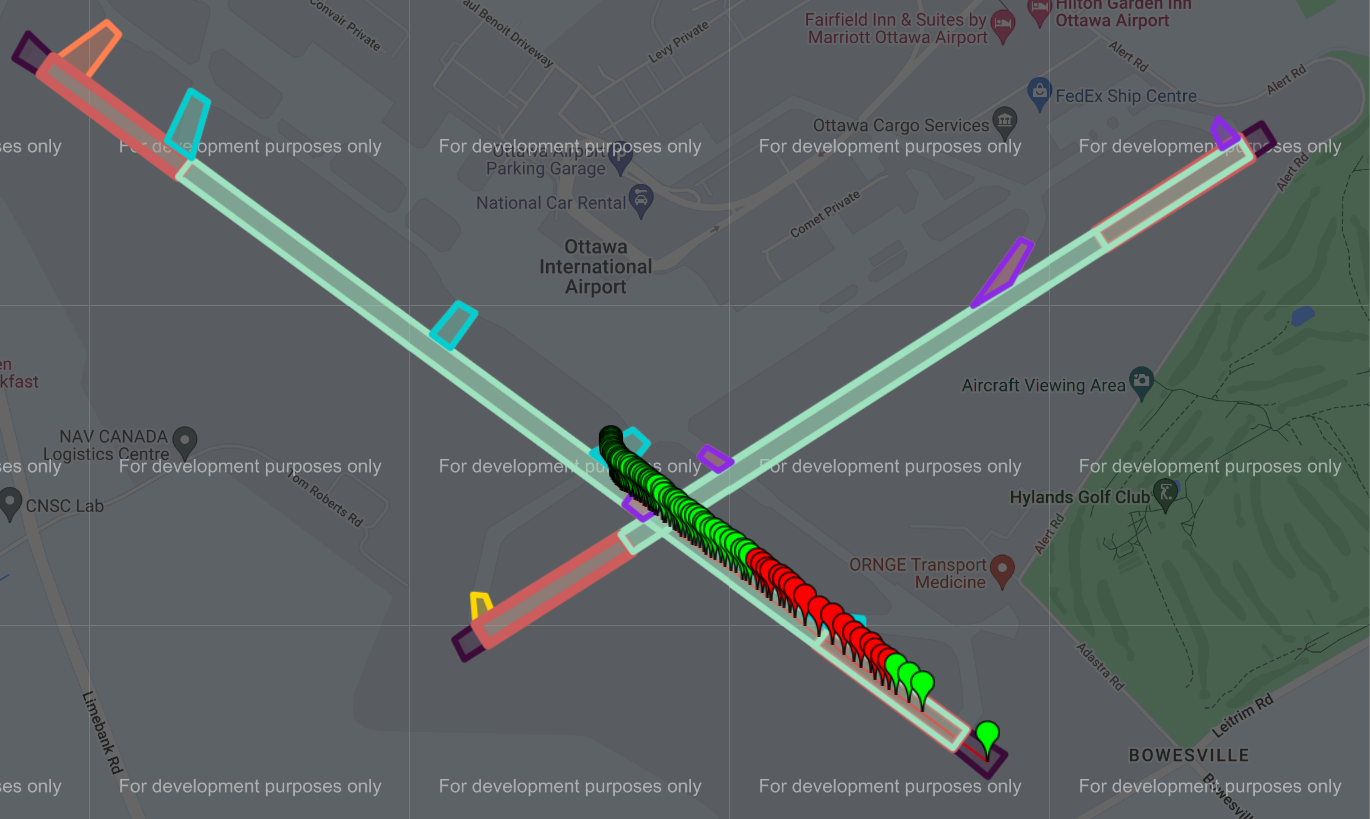
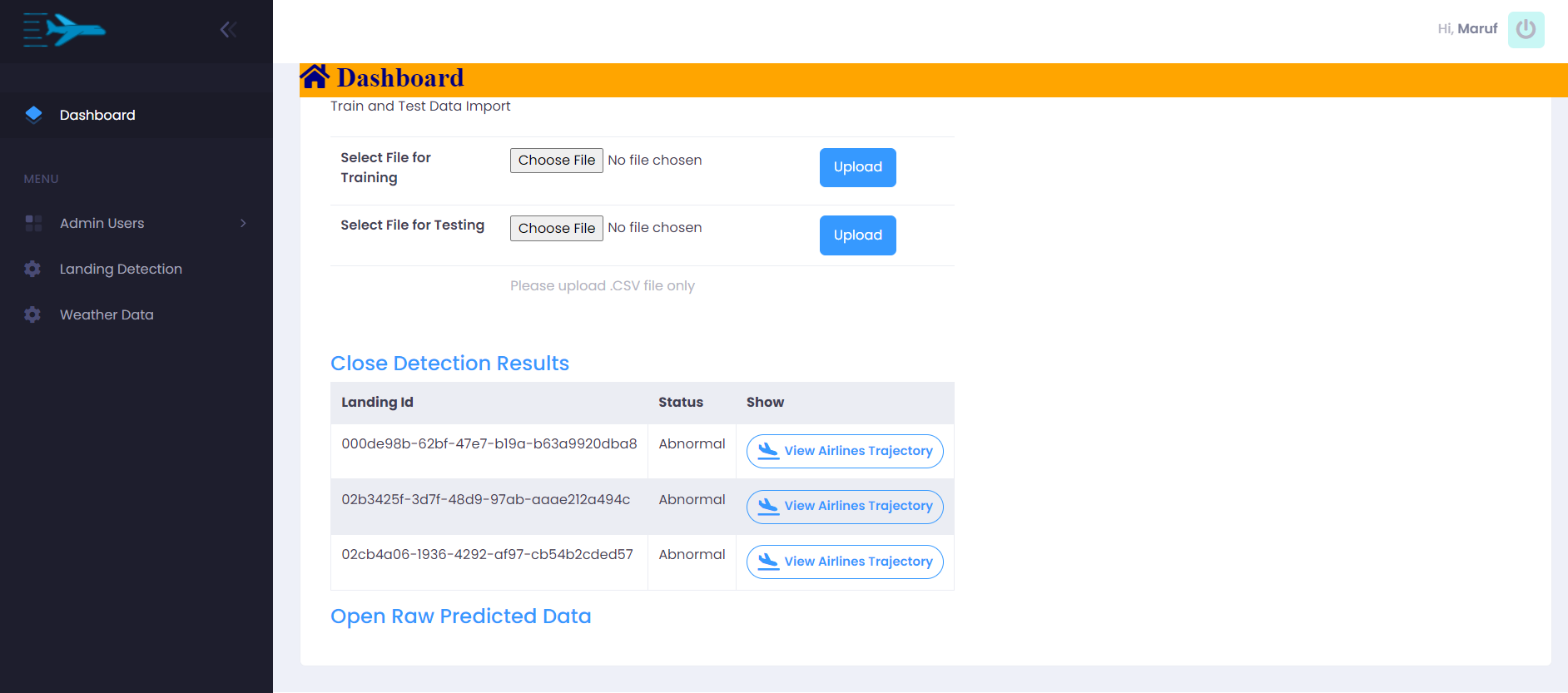
Key Features:
Fog computing emerges as a vital solution for time-sensitive vehicular over-the-air (OTA) updates, offering enhanced network durability and lower communication delays compared to the cloud. Our algorithm optimizes fog node resources, reducing OTA update times and improving network efficiency. The application of machine learning for communication delay prediction and the strategic enabling and disabling of fog nodes based on traffic load underscore the system’s innovative approach to OTA updates.
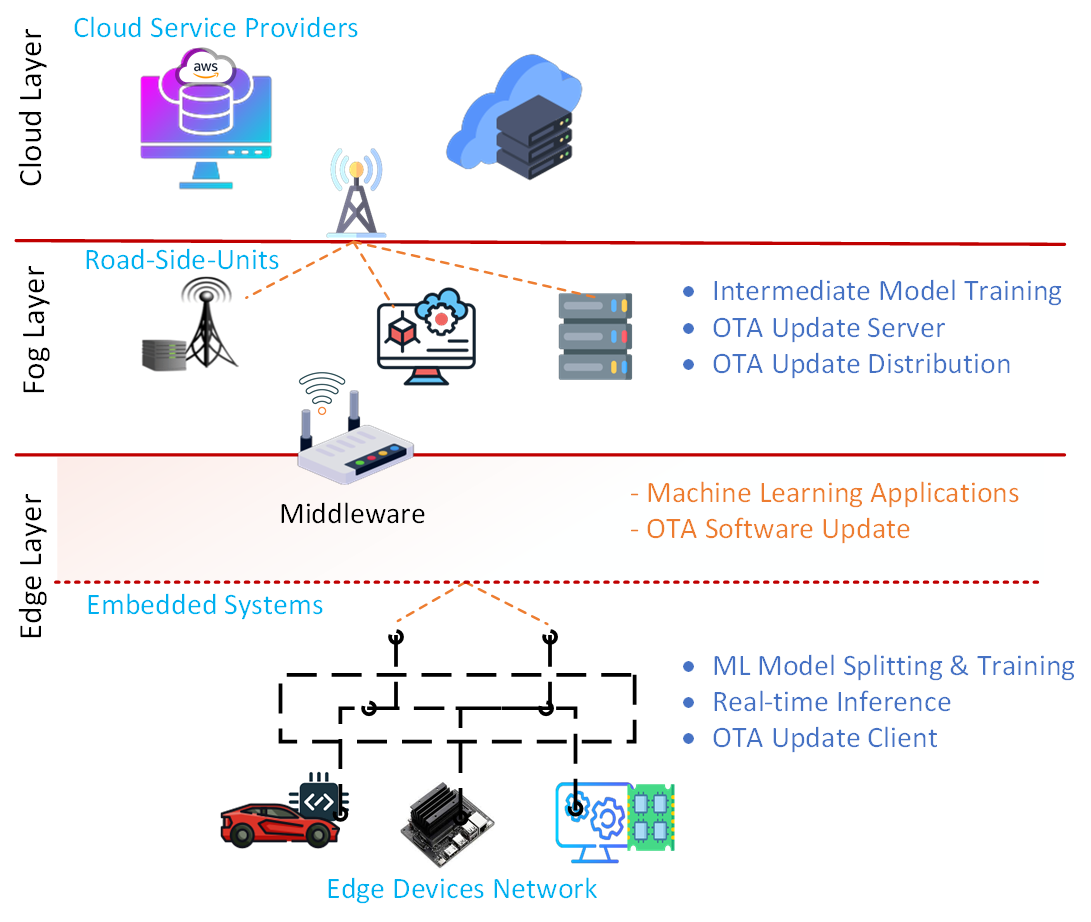 </div>
</div> Key Features:
The Feature and Requirement Extraction Tool is an advanced solution for analyzing embedded software, identifying significant functions, and extracting functional and non-functional requirements. Designed to work with .c files, this tool utilizes state-of-the-art natural language processing techniques to filter and visualize requirements, enhancing the process of software reuse.
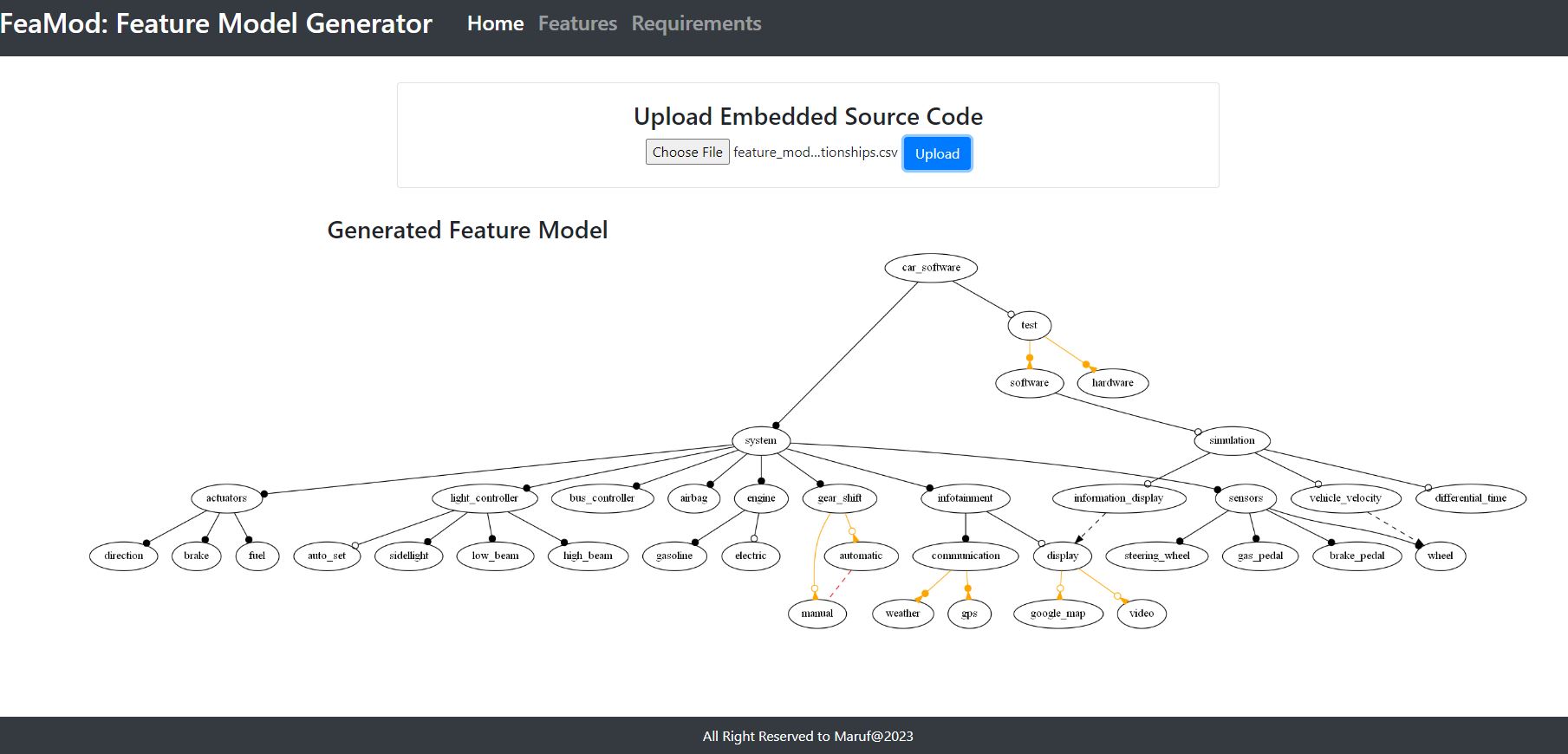
Key Features:
This repository explores various techniques to optimize matrix multiplication wall time using OpenMP, a shared-memory multiprocessing API. The study compares serial execution, parallel execution with OpenMP, and optimized parallel execution, aiming to enhance computational performance in multi-threaded environments.
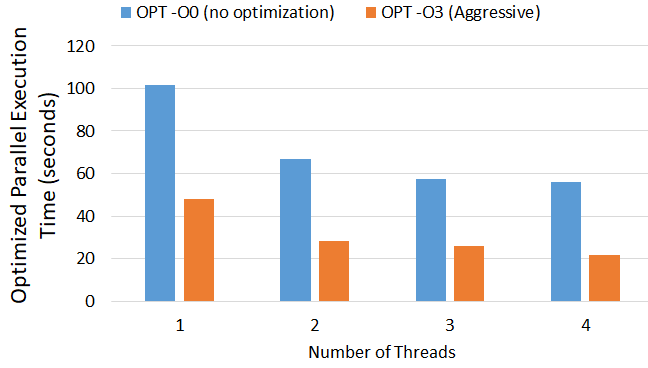
Key Techniques:
The Twitter Healthcare Expert Finder and Analysis Tool is an innovative system tailored to sift through the digital noise and accurately identify medical professionals on Twitter. This tool is instrumental for users seeking reliable health information, offering a gateway to verified medical expertise. By harnessing the power of advanced data mining techniques and Twitter’s expansive API, the application excels in pinpointing authentic voices in healthcare amidst the vast social media landscape.
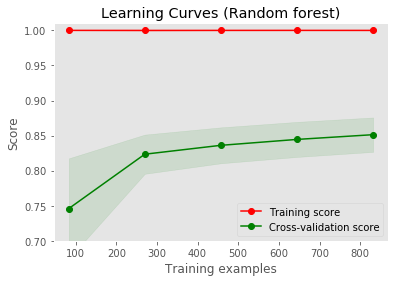
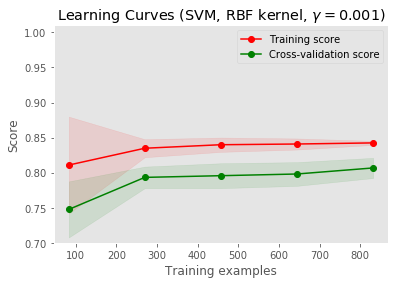
Key Features:
Published in Journal 1, 2009
This paper is about the number 1. The number 2 is left for future work.
Recommended citation: Your Name, You. (2009). "Paper Title Number 1." Journal 1. 1(1). http://academicpages.github.io/files/paper1.pdf
Published in Journal 1, 2010
This paper is about the number 2. The number 3 is left for future work.
Recommended citation: Your Name, You. (2010). "Paper Title Number 2." Journal 1. 1(2). http://academicpages.github.io/files/paper2.pdf
Published in Journal 1, 2015
This paper is about the number 3. The number 4 is left for future work.
Recommended citation: Your Name, You. (2015). "Paper Title Number 3." Journal 1. 1(3). http://academicpages.github.io/files/paper3.pdf
Published:
This is a description of your talk, which is a markdown files that can be all markdown-ified like any other post. Yay markdown!
Published:
This is a description of your conference proceedings talk, note the different field in type. You can put anything in this field.